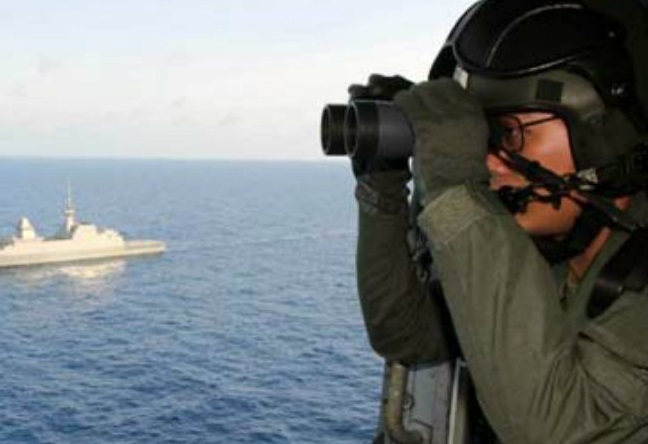
Sydney, Australia | AFP | After years of futile efforts, a fresh hunt for MH370 has set off for the remote Indian Ocean — and the top Australian scientist who helped pinpoint the new search zone is hopeful the missing jet can be found within weeks.
Armed with oceanographic analyses and a high-tech search vessel, the latest search for the Boeing 777, which vanished in March 2014 carrying 239 people, kicked off on Monday run by private exploration firm Ocean Infinity, in the hope of solving one of aviation’s most enduring mysteries.
An earlier Australia-led search — the largest-ever in aviation history — scoured 120,000 square kilometres (46,000 square miles) far off the island continent’s west coast for 28 months but found no trace of the aircraft, and the hunt was suspended last January.
“We’re hopeful that they (Ocean Infinity) could find the aircraft within the first month of the search,” oceanographer David Griffin of CSIRO, Australia’s leading national agency for scientific research, told AFP.
“Malaysia has given them three months to complete the search. So we’re into the first week now. We could hear something from them in the next couple of weeks,” said Griffin, who met with the Ocean Infinity team in London last month.
– No find, no fee –
Ocean Infinity has a huge incentive to find the plane. As part of the deal, the private team will only be paid if they find the jet or its black boxes, with up to US$70 million on offer if they are successful.
The search relies on a multitude of evidence and analysis that has allowed scientists over the past four years to zero in on likely crash sites.
The new findings also allowed Griffin and his team of experts to identify a specific starting point for the search ship Seabed Constructor some 2,000 kilometres west-southwest of Perth in Western Australia.
The remote site is just north of the former search zone and near the “seventh arc”, a long stretch of water where the plane was calculated to have emitted a final satellite “handshake”.
A 25,000-square-kilometre zone north of the previous probe area was first identified by experts in late 2016, and the team worked to reduce it further.
They used drift modelling to analyse where three confirmed MH370 fragments found on western Indian Ocean shores between 2015-16 may have originated.
But the light-bulb moment came when they realised the absence of debris washing up in Western Australia was also a key clue, Griffin said.
Only a Malaysia Airlines towelette was found on Australia’s west coast in July 2014, but authorities said then it could not be conclusively linked to MH370.
“It’s fairly specific advice about where the plane crashed (as) there aren’t many places along that arc which are consistent with the absence of debris on the Australian coast,” Griffin told AFP.
 The Independent Uganda: You get the Truth we Pay the Price
The Independent Uganda: You get the Truth we Pay the Price



